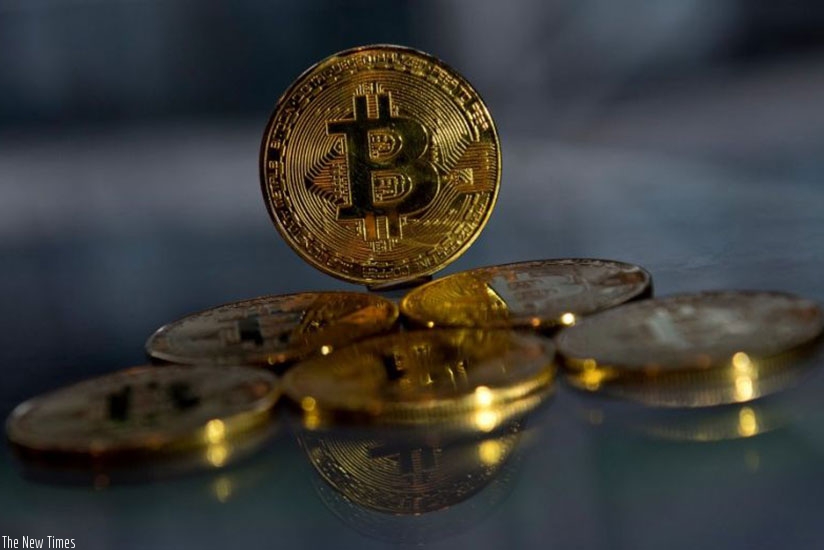It is clear the present implausible strength of all asset markets-shares, bonds, property, etc,-is almost entirely due to historically unprecedented access to cheap money, and to the world’s central banks pumping into the world’s capital markets an aggregate US$34 trillion in “life support” operations necessitated after 2007.


Editor,
RE: "Bitcoin has the glitter but it is not gold” (The New Times, December 5).
It is clear the present implausible strength of all asset markets—shares, bonds, property, etc,—is almost entirely due to historically unprecedented access to cheap money, and to the world’s central banks pumping into the world’s capital markets an aggregate US$34 trillion in "life support” operations necessitated after 2007.
Any attempt to pull those unimaginably colossal mountains of money out of the economy to bring central bank balance sheets and public debt levels back from the stratosphere, and begin to raise interest rates back towards normal levels, will trigger a certain crash in all those asset markets. And yet, the current situation of such mountainous overhangs is itself unsustainable and if nothing is done to correct it, it is just a catastrophe awaiting a spark.
Even one of those too-big-to-fail (TBTF) banks, Deutsche Bank, has just laid out numerous possible triggers—a recession; a clumsy central bank unwind; deflation; an asset market crash; a collapse in market liquidity. Triggers could come from any of a long list of countries among both established market economies or emerging market countries. Nobody really knows how the next massive crisis will start and the specific trigger, only that, as God made little apples, it will; and sooner rather than later.
The real question for our small countries with our modest-sized economies, and us humble individual savers, is how we prepare for the coming global financial category 5 hurricane. I don’t believe crypto currencies or any other crypto assets are the answer. But then, what is?
Mwene Kalinda


